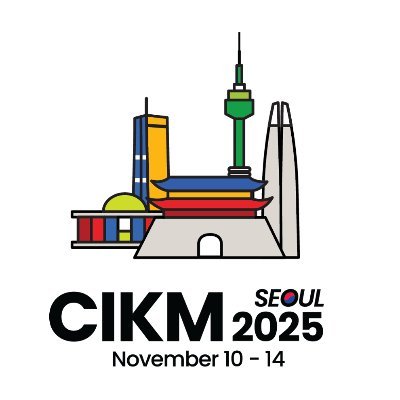Context Labs presents in the 2025 Conference on Information and Knowledge Management (CIKM) in Korea in the track Graph Learning and Relational Modeling. In the technical paper we highlight how we’re advancing the use of LinkML to model complex energy infrastructure and emissions systems — transforming how the industry integrates, analyzes, and understands data at scale.

PAPER
LinkML for Collaborative Petrochemical Knowledge Graph Development
LinkML is an emerging ontology modeling framework using YAML syntax instead of the typical semantic web technologies such as OWL. LinkML’s approachable syntax allows a wide range of stakeholders-including domain experts, software engineers, and data scientists-to collaboratively define and refine a shared semantic model. We leveraged LinkML to develop a 1,200+ class ontology capturing complex physical infrastructure, emissions sources, equipment relationships, and time-series observations critical to source-level emissions attribution.
We developed tooling to automate transformation of LinkML into graph database schemas, entity-relationship (ER) diagrams, documentation, and typed domain model code, supporting rapid iteration and semantic consistency across systems. The resulting large-scale knowledge graph, deployed in a property graph database, materializes digital twins for over 700 petrochemical facilities and more than 61,000 pieces of equipment.
This approach dramatically simplifies emissions analytics by standardizing data integration and replacing fragile, bespoke SQL logic with intuitive graph queries. The accessibility of LinkML enables domain experts to directly contribute to the model, while providing a robust foundation for engineers and data scientists to perform scalable, reliable analytics. The result is a unified platform for emissions reporting and digital transformation. This paper presents the use of LinkML for semantic modeling for emissions reporting in the petrochemical industry, the tooling supporting its deployment, and the challenges and successes of the approach.
This paper is authored by Annie Shoup, Architect of Data Systems, Adam Russell, Principal Backend Engineer – AI Graph Systems, and Gavin Nicol, Chief Technology Officer.